Market Growth Projections
The Global Syngas Market Industry is poised for substantial growth, with projections indicating a market value of 58.2 USD Billion in 2024 and an anticipated increase to 111.6 USD Billion by 2035. This growth trajectory suggests a compound annual growth rate (CAGR) of 6.1% from 2025 to 2035, reflecting the increasing adoption of syngas technologies across various sectors. The rising demand for cleaner energy solutions, coupled with advancements in gasification technologies and supportive government policies, creates a conducive environment for market expansion. As the industry evolves, it is likely to play a crucial role in shaping the future of global energy production.
Diverse Applications of Syngas
The versatility of syngas in various applications is a key driver for the Global Syngas Market Industry. Syngas Market is utilized in the production of chemicals, fuels, and electricity, catering to diverse sectors such as transportation, manufacturing, and power generation. For example, syngas can be converted into methanol, which is a precursor for numerous chemical products. This broad applicability not only enhances market demand but also encourages research and development in syngas technologies. As the industry evolves, the potential for syngas to play a pivotal role in the global energy landscape becomes increasingly evident.
Rising Demand for Clean Energy
The Global Syngas Market Industry is experiencing a surge in demand for clean energy solutions, driven by increasing environmental concerns and regulatory pressures. Governments worldwide are implementing stringent policies to reduce greenhouse gas emissions, which propels the adoption of syngas as a cleaner alternative to fossil fuels. For instance, syngas can be produced from renewable sources such as biomass, which aligns with global sustainability goals. This shift is expected to contribute to the market's growth, with projections indicating a market value of 58.2 USD Billion in 2024, reflecting the industry's potential to meet energy needs while minimizing environmental impact.
Government Initiatives and Support
Government initiatives aimed at promoting alternative energy sources significantly influence the Global Syngas Market Industry. Various countries are providing financial incentives, subsidies, and research grants to foster the development of syngas technologies. These supportive measures are crucial in overcoming the initial capital barriers associated with syngas production facilities. For instance, the implementation of favorable policies can lead to increased investments in syngas projects, thereby accelerating market growth. As the industry matures, the collaborative efforts between governments and private sectors are likely to enhance the overall sustainability and competitiveness of the syngas market.
Growing Investment in Renewable Energy
The Global Syngas Market Industry is witnessing a notable increase in investments directed towards renewable energy projects. As countries strive to transition to sustainable energy systems, syngas derived from renewable sources is gaining traction. This trend is supported by the global commitment to achieving net-zero emissions by mid-century, which necessitates the development of cleaner energy alternatives. The market is projected to reach 111.6 USD Billion by 2035, underscoring the growing recognition of syngas as a viable solution for energy production. The influx of capital into renewable syngas projects is likely to drive innovation and enhance the industry's overall growth trajectory.
Technological Advancements in Gasification
Technological innovations in gasification processes are significantly enhancing the efficiency and cost-effectiveness of syngas production. The Global Syngas Market Industry benefits from advancements such as integrated gasification combined cycle (IGCC) technology, which allows for higher energy conversion rates and lower emissions. These innovations not only improve the economic viability of syngas but also attract investments from various sectors. As a result, the market is poised for substantial growth, with an anticipated compound annual growth rate (CAGR) of 6.1% from 2025 to 2035, indicating a robust trajectory for the industry.
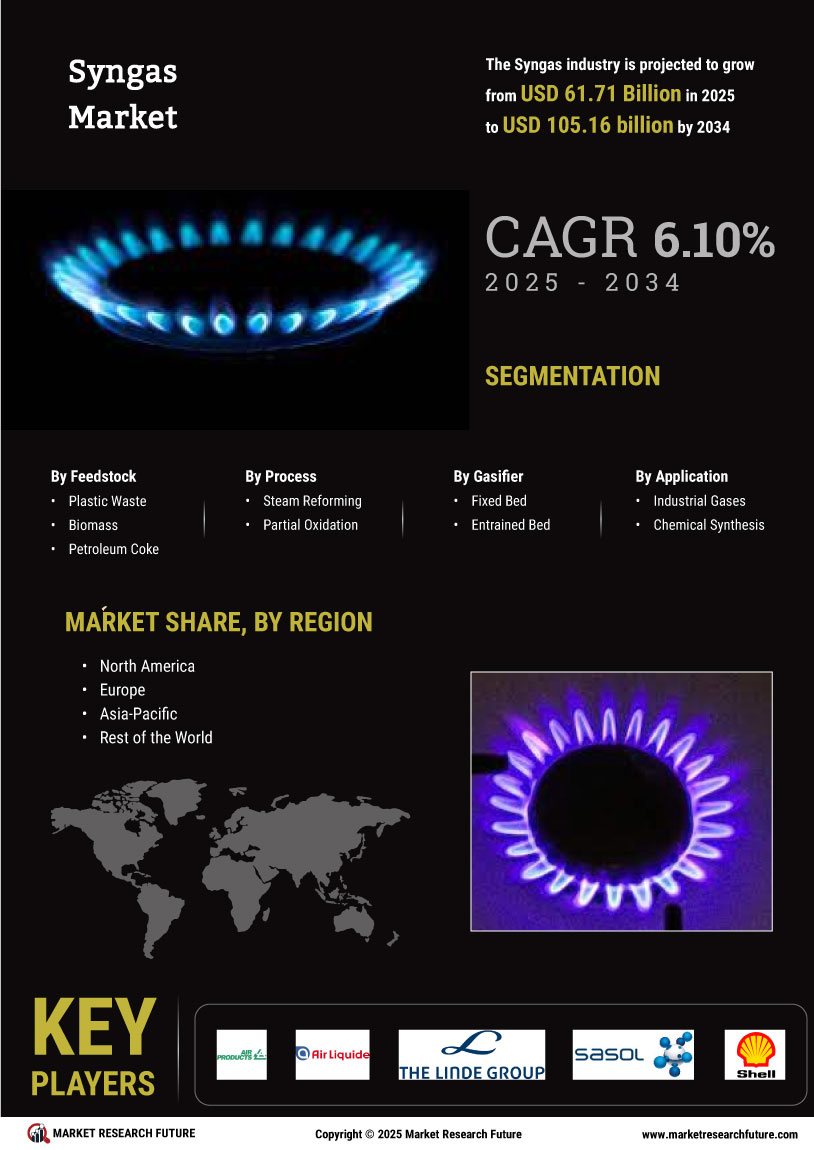

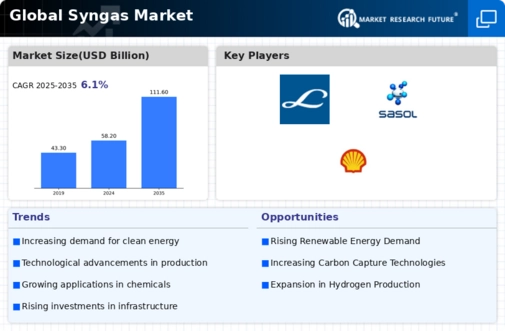
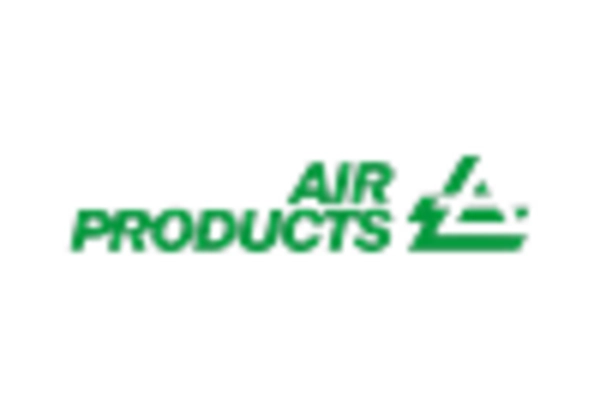

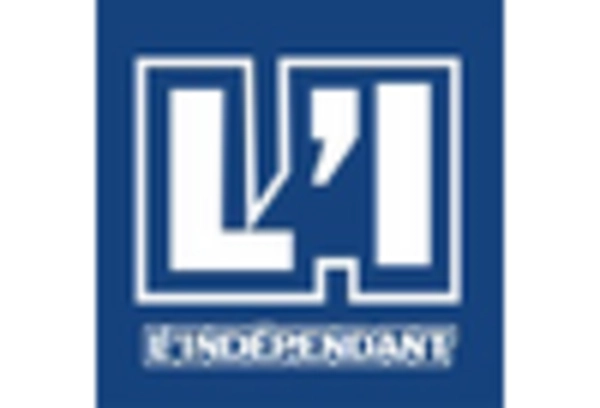

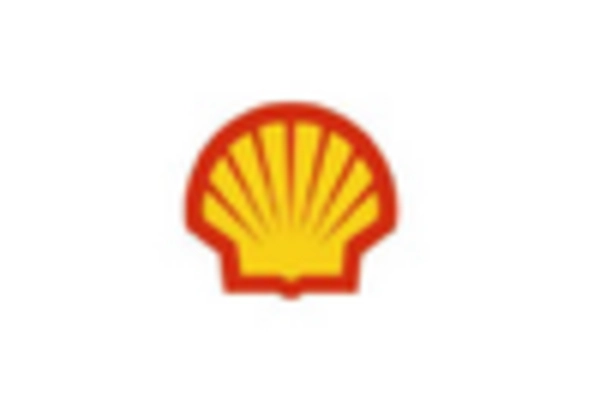









Leave a Comment